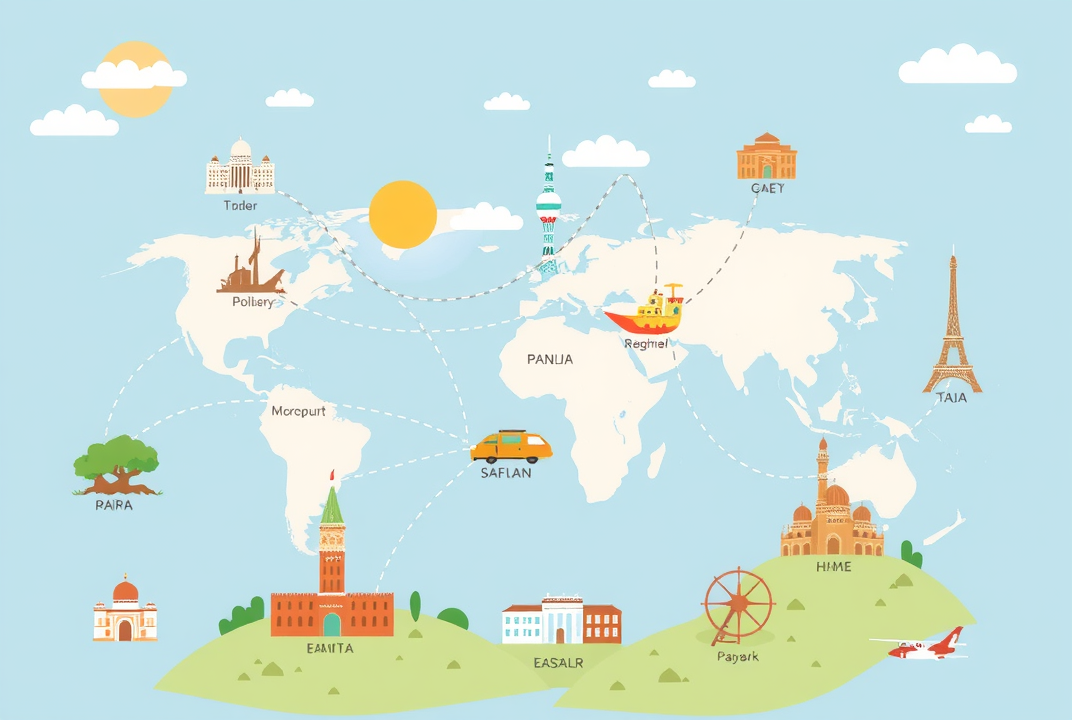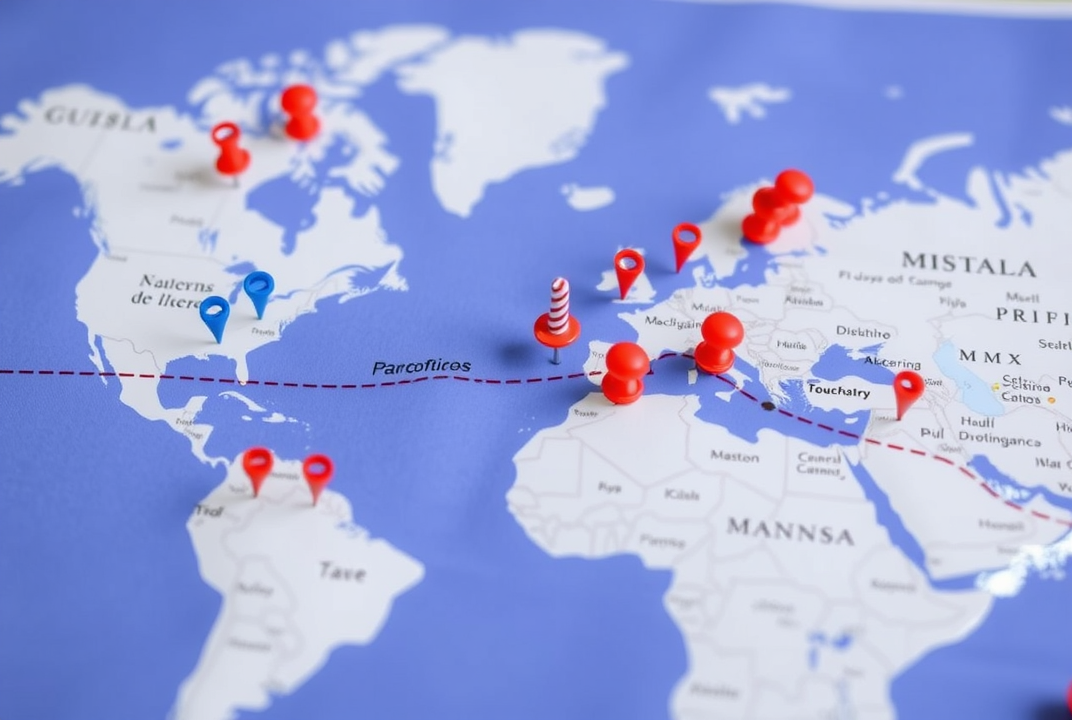Crafting Custom Travel Itineraries: A Guide to Personalize Your Journey

Introduction
Did you know that a well-crafted travel itinerary can enhance your travel experience significantly? Whether you enjoy exploring vibrant cultures, seeking adventure, or indulging in leisure, a personalized itinerary ensures that your trip is memorable.
In today's fast-paced world, more travelers are seeking customized journeys. This trend underscores how personal preferences shape travel.
In this guide, learn how to create travel itineraries that cater to individual desires, offering invaluable techniques and tools for planning the ideal trip.
Understanding Custom Travel Itineraries
Custom travel itineraries are designed to match the specific interests and requirements of the traveler. Unlike generic packages, these itineraries offer flexibility to explore destinations at your own pace.
Benefits of Customization
-
Tailored Experiences: Custom itineraries allow you to include activities that align with your interests, making your trip uniquely yours.
-
Flexibility: You can modify your plans as needed, enabling you to adapt your schedule to unforeseen changes or new opportunities.
-
Increased Satisfaction: By focusing on your likes and dislikes, custom itineraries enhance travel satisfaction.
Key Components
Creating an effective travel itinerary involves several key components:
-
Destination Selection: Choose locations that interest you and align with your goals.
-
Activity Planning: Include a mix of sightseeing, relaxation, and cultural experiences.
-
Accommodation: Select hotels or rentals that offer comfort and convenience.
-
Transportation: plan how to get from one place to another efficiently.
How to Create Your Custom Itinerary
Creating a personalized travel itinerary is simple when broken down into steps.
Step 1: Identify Preferences and Goals
Start by noting down your preferences, such as types of activities you enjoy. Define your travel goals, like relaxation, adventure, or cultural immersion.
Step 2: Research Destinations
Conduct thorough research to find destinations that suit your interests. Use travel blogs, forums, and official tourism sites to gather information.

Step 3: Create a Rough Draft
Outline your itinerary by listing possible destinations and activities. Consider factors like weather, travel time, and budget.
Step 4: Finalize Travel Details
Refine your itinerary by booking accommodations, flights, and local transport. Ensure each element aligns seamlessly with your plan.
Step 5: Contact Local Experts
Hiring local guides or travel agents can provide authentic insights and suggestions missed during initial planning.
Tools and Resources
Several tools and resources support itinerary planning, making the process more manageable:
-
online Platforms: Websites like TripAdvisor and Lonely Planet offer valuable reviews and insights.
-
Apps: Use apps like TripIt or Roadtrippers for organizing and optimizing travel plans.
-
Guidebooks: Traditional guidebooks remain useful for structured advice and historical context.
Conclusion
Building a custom travel itinerary is about knowing what you want and using available resources to plan a journey that fits your lifestyle. As travel continues to evolve, personalization becomes key to unforgettable experiences.
Start crafting your itinerary today, embracing flexibility and freedom. Begin exploring unique destinations and creating memories that last a lifetime.
